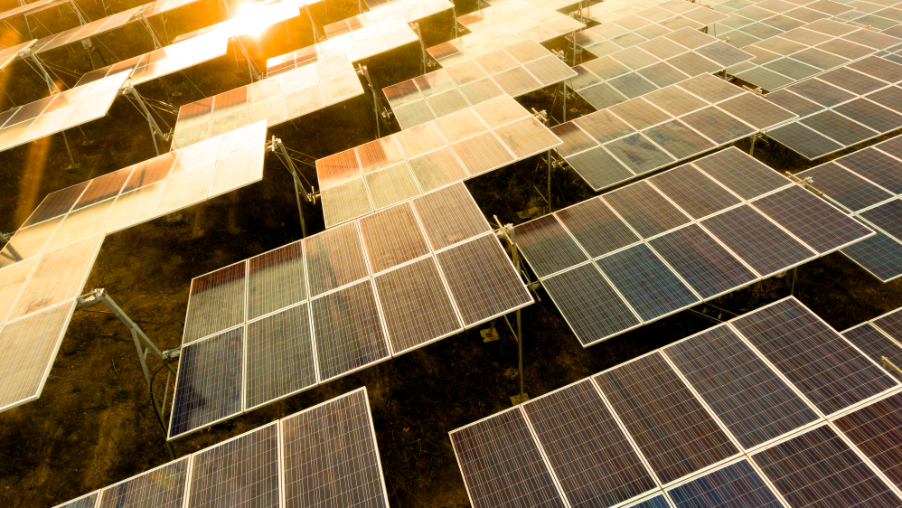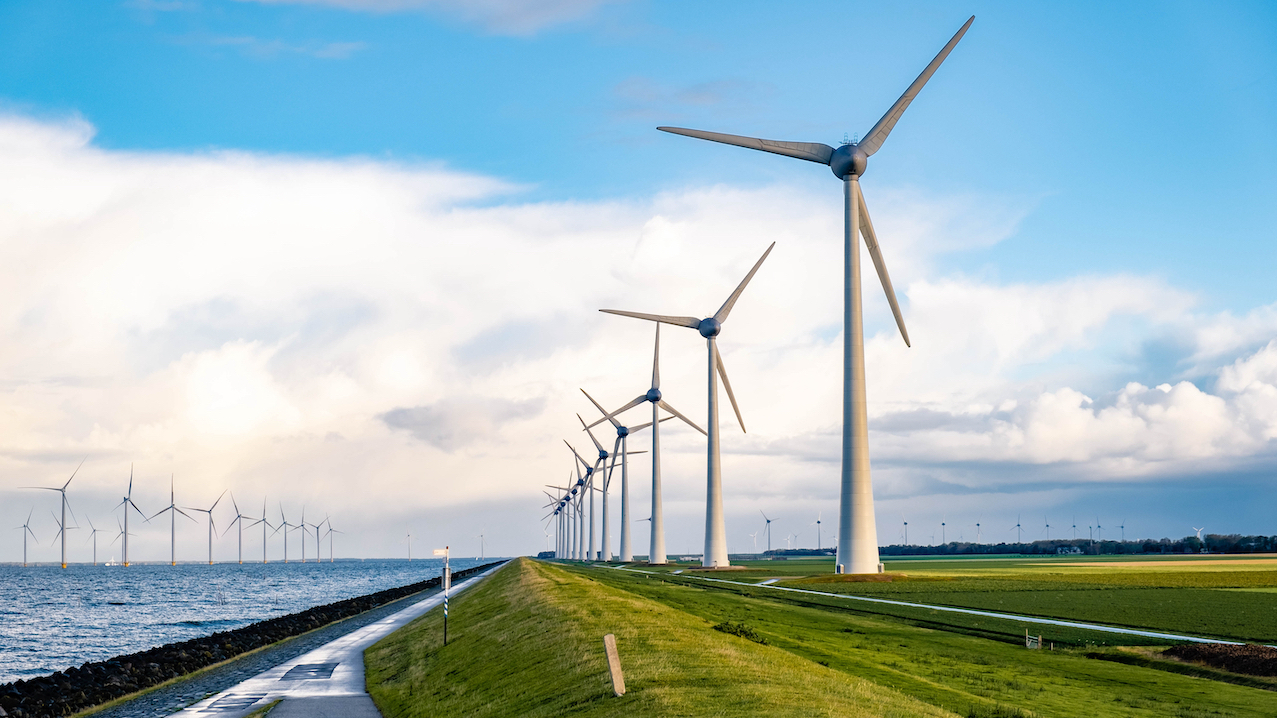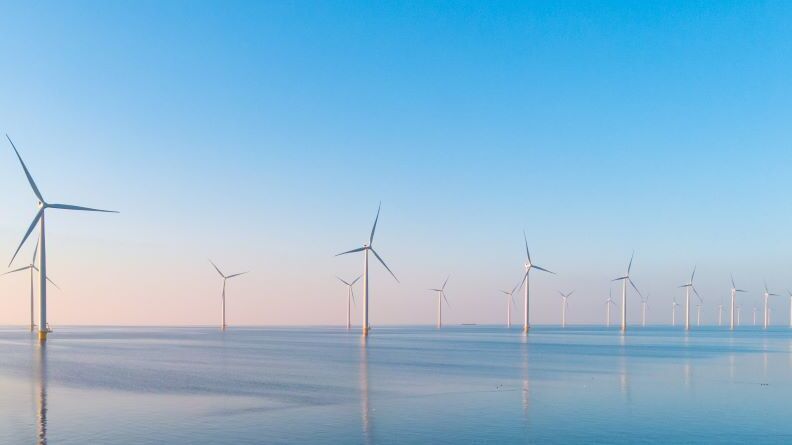
Revealed: Renewable energy cheapest cost of capital compared to fossil fuels
Renewable electric utilities with a higher share of solar and wind power capacity have a lower cost of equity and debt than fossil fuel focused peers on a global scale, according to a new report shared with Net Zero Investor this morning.
This trend is particularly pronounced in Europe, implying that climate-friendly policies and actions have been successful at making investments in clean energy generation a highly cost-effective energy source, the report from the Oxford Sustainable Finance Group shows.
Globally, the cost of debt of renewable electric utilities is at 6%, compared to 6.7% for fossil fuel electric utilities.
Similarly, utilities focused on renewables have a cost of equity (15.2%) lower than those relying on fossil fuel (16.4%).
In Europe, the cost of equity gap between lower-carbon electric utilities and higher-carbon peers has been widening over time.
For example, from 2015 companies with a higher proportion of solar and wind in their energy mix have seen a decrease in the cost of equity from 17% to 14%, while those with a lower proportion saw the opposite trend.
This suggests that the more forward-looking equity investors in Europe foresee that transition risks embedded in fossil fuels will rise soon.
Coal mining
The report shows that globally, coal mining has the highest cost of capital, with the cost of debt increasing to 7.9% in 2021 and the cost of equity increasing to 18.2%, followed by oil and gas production and renewable fuels.
Since 2016, the cost of debt to raise capital for renewable energy and technology has been on a downward trajectory, while that of coal mining has risen. In Europe, oil and gas production has the highest cost of equity.
The findings also show that it is becoming increasingly risky to invest in carbon-intensive operations as well as in capital intensive upstream activities in the oil and gas industry.
Against the backdrop of Russia’s invasion of Ukraine, oil and gas prices have been driven to their highest levels in a decade, further spurring economies to wean themselves off fossil fuels and shift capital flows to clean energy.
Transmission mechanism
Central to achieving the goals of the Paris Agreement is channelling large amounts of capital into low-carbon energy, and the price to deliver renewables depends critically on the cost of capital.
It acts as a key transmission mechanism between the financial system and the real economy, affecting the investment decisions of both financial institutions and corporates, thereby requiring a fall in the cost of capital for clean energy.
The Europe precedent shows that environmental policies matter in asset pricing, which can serve as a model for North America, where climate action has been less consistent.
“The cost of capital is a major determinant of the total cost of different energy technologies and reflects the risks financial markets perceive, for example, how quickly coal might be displaced by renewables,” says Dr Ben Caldecott, Director of the Oxford Sustainable Finance Group.
“In North America, we don’t see a consistent trend in the cost of capital for renewable versus fossil fuel power,” added lead author Dr Gireesh Shrimali.
“What remains to be seen is whether the policy landscape can shift, particularly with big changes such as the recent Inflation Reduction Act," Shrimali concluded.



